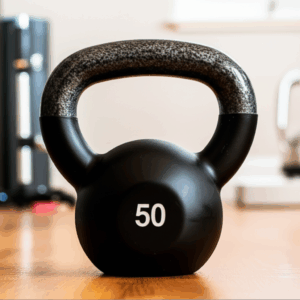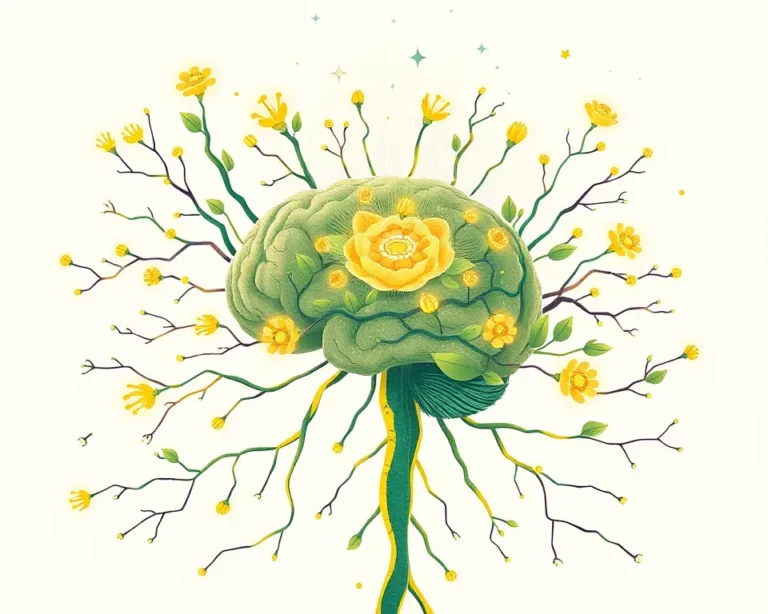In recent years, the profound connection between physical exercise and mental health has been increasingly recognized. Scientists have discovered that exercise triggers the release of specific molecules that act as mood boosters, offering a natural way to combat stress, anxiety, and depression. These biochemical agents, informally known as “hope molecules,” are primarily myokines, which are released from muscles during exercise. This article explores how these molecules work and how you can harness their power to transform your mental well-being.
The Science Behind “Hope Molecules”
“Hope molecules” is a term used to describe biochemical substances released during exercise that have mood-boosting effects. These molecules, including myokines, travel through the bloodstream from muscles to the brain, triggering processes that reduce stress, anxiety, and depression, while promoting mental resilience and positive emotions. Essentially, they facilitate a “conversation” between your muscles and your brain, fostering optimism and emotional strength.
Myokines: The Key Players
Myokines are proteins secreted by muscle cells during physical activity. They regulate bodily processes like inflammation and metabolism and profoundly affect the brain and mental health. The most well-known myokine associated with these effects is brain-derived neurotrophic factor (BDNF).
Brain-Derived Neurotrophic Factor (BDNF): The Brain Fertilizer
BDNF acts like a fertilizer for your brain’s neurons, promoting neurogenesis (the creation of new neurons) and strengthening existing ones, especially in regions responsible for mood regulation, like the hippocampus. This molecule is crucial for:
- Increasing Neural Plasticity: BDNF enhances the brain’s ability to form new connections and adapt to change, making it more resilient to stress.
- Reducing Inflammation: Chronic inflammation is linked to depression, and BDNF helps to decrease inflammation in the brain.
- Shielding the Brain from Chronic Stress: BDNF counteracts the harmful impacts of stress hormones like cortisol, preserving brain health.
- Improvement in cognitive ability and depressive-like behavior: Exercise frequently leads to an increase in BDNF in the central nervous system to promote improvement in cognitive ability and depressive-like behavior.
Other “Hope Molecules”
While BDNF is a primary “hope molecule”, others also contribute to the positive effects of exercise on mental health:
- Endocannabinoids: These biochemical substances, similar to cannabis but naturally produced by the body, increase during exercise. They can move easily through the blood-brain barrier, promoting short-term psychoactive effects such as reduced anxiety and feelings of calm. Exercise increases the levels of endocannabinoids in the bloodstream.
- Interleukin-6 (IL-6): This myokine, along with BDNF and cathepsin B, has been found to influence mood and mental state positively. IL-6, BDNF and cathepsin B promote the growth and survival of brain cells, act as anti-inflammatories, and influence the release of our “happy hormones” serotonin and dopamine.
- Dopamine and Serotonin: Exercise boosts the production of neurotransmitters – like serotonin and dopamine – which enhance positivity and ease feelings of depression and anxiety.
How Exercise Transforms Mental Health
The release of “hope molecules” during exercise leads to several significant mental health benefits:
Reduced Stress and Anxiety
Exercise helps blunt the brain’s response to physical and emotional stress. Regular physical activity can significantly reduce symptoms of anxiety, with some studies suggesting that it is as effective as medication in treating mild to moderate depression. Exercise also boosts endocannabinoids, contributing to the euphoric feelings associated with the runner’s high, decreasing pain perception, reducing anxiety, and promoting relaxation.
Improved Mood and Emotional Well-being
Physical activity can drastically improve mood and reduce negative feelings. Research indicates that people who exercise regularly have better mental health and emotional well-being, and lower rates of mental illness. Exercise increases energy levels and can be an outlet for frustrations, and can also reduce skeletal muscle tension, which helps you feel more relaxed.
Increased Cognitive Function and Memory
Exercise sparks growth of new blood vessels to nourish the brain, and may also produce new brain cells in certain locations through a process called neurogenesis, which may lead to an overall improvement in brain performance and prevent cognitive decline. The hippocampus, the part of the brain associated with memory and learning, has been found to increase in volume in the brains of regular exercisers.
Enhanced Resilience
“Hope molecules” strengthen the overall mind-body connection, helping individuals to cope with life’s challenges and build mental resilience. Exercise may help prevent people from developing mental disorders such as schizophrenia in the first place. This may provide another way of enhancing the learning that underlies successful treatment for depression, PTSD and other mental disorders. And physical activity also moderates the body’s response to stress and reduces inflammation, both of which could plausibly help improve brain health in people with mental illness.
Treatment for Mental Health Conditions
Exercise is a valuable addition to other treatment options for mental health conditions. For mild-moderate depression, research suggests physical activity can be as effective as antidepressants or psychological treatments like cognitive behavioral therapy. Exercise leads to better clinical outcomes in those receiving medication plus cognitive behavioral therapy for major depressive disorder.
Types of Exercise to Boost “Hope Molecules”
Almost any type of physical activity can contribute to higher levels of “hope molecules”. Aim for a total of 2.5-5 hours of moderate physical activity, or 1.25-2.5 hours of vigorous physical activity per week.
Aerobic Exercise
Aerobic exercises like running, power walking, swimming, and cycling are particularly effective. Regular cardio workouts are shown to help reduce depression and have a moderate but reliable effect on symptoms associated with mental health conditions. Low-intensity aerobic exercise for 30–35 minutes, 3–5 days a week, for 10–12 weeks – was best at increasing positive moods (e.g. enthusiasm, alertness).
Team Sports
Team sports offer an opportunity to socialize and get social support, increasing the enjoyment and motivation to exercise.
Resistance Training
Resistance training, Pilates, and yoga are also beneficial for improving symptoms of depression, anxiety, and distress.
Outdoor Exercise
Exercising outdoors can provide even greater benefits. Some studies have found people report a higher level of vitality, enthusiasm, pleasure and self-esteem, and a lower level of tension, depression and fatigue, after they have walked outside.
Practical Tips to Incorporate Exercise
Here are some practical tips to help you incorporate regular physical activity into your life:
- Find Activities You Enjoy: Choose activities that you find fun and engaging, making it easier to stick to your routine.
- Set Realistic Goals: Start with small, achievable goals and gradually increase the intensity and duration of your workouts.
- Make it a Habit: Incorporate exercise into your daily routine, such as walking during your lunch break or taking the stairs instead of the elevator.
- Exercise with Others: Find a workout buddy or join a group fitness class for added motivation and social support.
- Be Consistent: Aim to exercise most days of the week to maintain a consistent release of “hope molecules.”
- Listen to Your Body: Pay attention to your body’s signals and adjust your workouts as needed to avoid injury and burnout.
- Explore: Walking or cycling around a different area can make exercise more interesting.
- Use it to explore: Walking or cycling around a different area can make exercise more interesting.
Exercise Intensity and Duration
Higher intensity exercise had greater improvements for depression and anxiety, while longer durations had smaller effects when compared to short and mid-duration bursts. Optimal benefits come from 45-minute sessions, three to five times per week. It’s no surprise that frequent exercise is best. Between three and five times is noted as more significantly reducing depressive symptoms than if you just tick off one workout a week. However, more exercise is not always better. Experts have identified a U-shaped curve, indicating poorer mental health among those who exercise less than three times a week, and those who exercise more than five times a week.
Even a short burst of 10 minutes of brisk walking increases our mental alertness, energy and positive mood. When you add 20 minutes of moderate-intensity aerobic exercise to your morning routine it can provide an immediate mood boost – and the positive effects can last up to 12 hours.
The Takeaway
Exercise is a powerful tool for transforming your mental health. By triggering the release of “hope molecules,” physical activity reduces stress, improves mood, enhances cognitive function, and increases resilience. Whether it’s a brisk walk, a challenging run, or a fun dance class, incorporating regular exercise into your life can unlock a path to a more positive and resilient mind. Embrace the power of movement and let those “hope molecules” work their magic!







